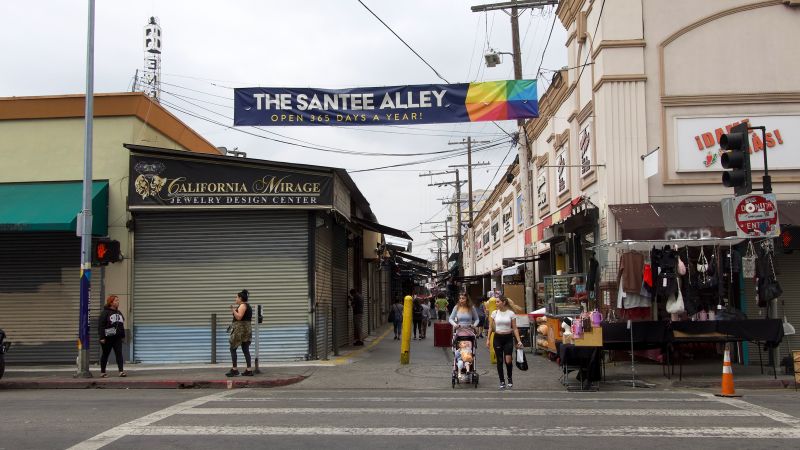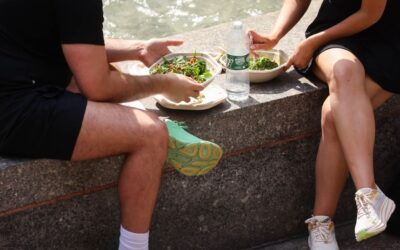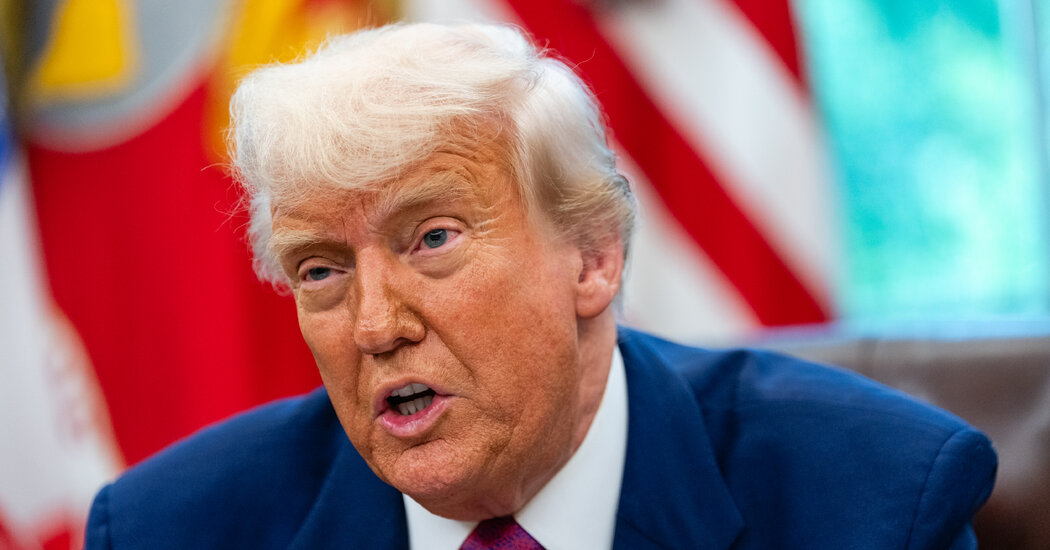Santee Alley is known for its bargains and its crowds. Shoppers flock to the heart of Los Angeles’ Fashion District to see what’s on sale and get the latest styles from wholesalers and entrepreneurs, whose colorful goods spread out from the squat, industrial-looking stores. Music assails the senses, as do aromas from food vendors cooking up snacks for the visitors.
Or that’s what it used to be like. A visit late last month found a very different Santee Alley. Metal shutters were rolled down and padlocked shut, even on a mild Southern California day. Instead of people jostling around each other in the hubbub, the street was all but empty. Even the mannequins showing off clothes to buy were absent.
Santee Alley is one of the places where immigration enforcement action by the Trump administration is having a visible and costly impact — turning parts of the US’s second biggest city into ghost towns.
“This is something that’s unprecedented,” said Anthony Rodriguez, the president and CEO of the LA Fashion District Business Improvement District. “I personally think that the impact of this is more significant than that of the pandemic when we were in the lockdown phases.”
The Fashion District, south of Downtown LA, had some of the first workplace immigration operations by federal agents early in June. CNN affiliate KTLA reported dozens of people were taken away from a clothing store. The raids, the protests that followed, the deployment of the National Guard and now a lawsuit by the Trump administration against Los Angeles for its sanctuary policy have all sent chills through this city of immigrants, documented and undocumented.
Continue reading the complete article on the original source



